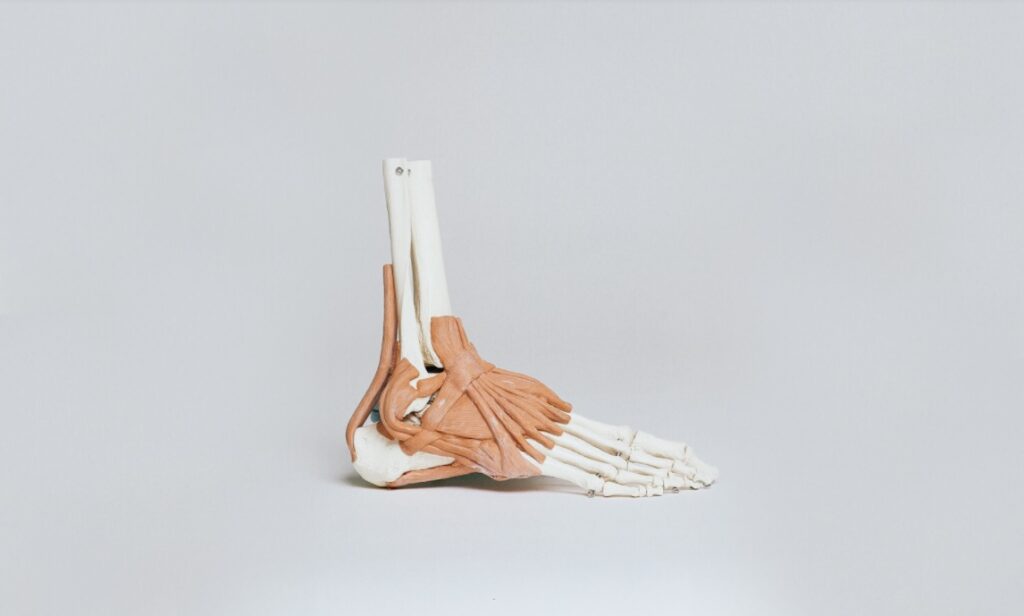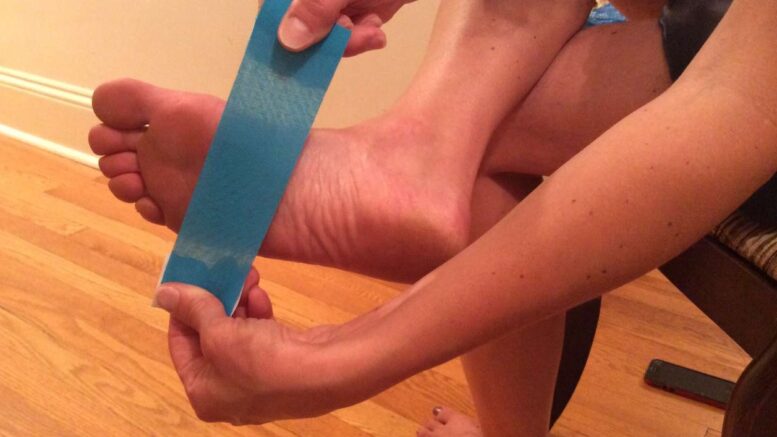Plantar fasciitis is a common and often painful foot condition that affects millions of people worldwide. Characterized by inflammation of the plantar fascia, a thick band of tissue that runs along the bottom of the foot, this condition can lead to significant discomfort and reduced mobility. While there are various treatment options available, one promising approach gaining recognition is the use of compression socks specifically designed for plantar fasciitis. In this article, we will delve into the role of compression socks in relieving the stress and discomfort associated with plantar fasciitis, offering insights into how they work and their potential benefits for individuals dealing with this condition.
Understanding Plantar Fasciitis:
Plantar fasciitis is a common foot ailment characterized by persistent pain and discomfort in the heel or the arch of the foot. This condition occurs due to inflammation of the plantar fascia, a thick band of tissue that runs from the heel bone to the toes. The plantar fascia plays a crucial role in supporting the foot’s arch and absorbing shock during activities like walking and running.
The hallmark symptom of plantar fasciitis is a sharp, stabbing pain that is often most pronounced during the initial steps in the morning or after periods of rest. The pain can also intensify after prolonged periods of standing or physical activity. Several factors can contribute to the development of plantar fasciitis, including:
- Overuse: Repetitive activities that place excessive stress on the plantar fascia, such as running, standing for extended periods, or walking on hard surfaces, can lead to inflammation and pain.
- Improper Footwear: Wearing shoes with inadequate arch support or poor cushioning can strain the plantar fascia and increase the risk of developing this condition.
- Biomechanical Issues: Abnormal foot mechanics, such as flat feet (overpronation) or high arches (underpronation), can place additional stress on the plantar fascia.
- Age and Weight: Plantar fasciitis is more common in individuals between the ages of 40 and 60, and excess body weight can contribute to increased strain on the plantar fascia.
The Role of Compression Socks:
Compression socks, designed to provide graduated pressure to the lower limbs, have gained recognition as a potential aid in managing the discomfort associated with plantar fasciitis. These specialized hosiery items are often associated with improving blood circulation and preventing conditions like deep vein thrombosis. However, they can also be beneficial for individuals with plantar fasciitis.
Reduced Swelling and Inflammation:
Plantar fasciitis often involves inflammation of the plantar fascia, leading to localized swelling and discomfort. Compression socks exert gentle pressure on the tissues, promoting better fluid circulation and preventing excessive fluid buildup in the affected area. This can help reduce inflammation, relieving some of the pain associated with plantar fasciitis.
Support for the Arch and Heel:
Many compression socks for plantar fasciitis incorporate additional features, such as targeted arch and heel support. These elements provide structural reinforcement to the foot, stabilizing its natural shape and reducing strain on the plantar fascia. By offering enhanced support to these critical areas, compression socks contribute to pain relief and improved comfort.
Improved Blood Flow:
Compression socks enhance blood circulation in the lower extremities. By providing graduated pressure from the ankle upward, they facilitate the return of blood to the heart, preventing blood pooling and promoting overall circulation. This improved blood flow ensures that the tissues receive essential nutrients and oxygen, contributing to the healing process and reducing muscle fatigue in the foot.
Eases Morning Pain:
Morning pain is a characteristic symptom of plantar fasciitis. The first steps taken after rest can be excruciating for those dealing with this condition. Wearing compression socks at night can help maintain gentle pressure on the plantar fascia, potentially reducing morning pain and discomfort. This proactive approach may make the transition from rest to activity more manageable for individuals with plantar fasciitis.

Choosing the Right Compression Socks:
Selecting the appropriate compression socks for plantar fasciitis is crucial to ensure their effectiveness in providing relief. Several key factors should be considered when making your choice:
Compression Level:
Compression socks come in different compression levels, typically measured in millimeters of mercury (mmHg). For plantar fasciitis, a moderate compression level, usually around 15-20 mmHg, is often recommended. This level provides adequate pressure to alleviate discomfort without causing discomfort or impeding blood flow.
Arch and Heel Support:
Look for compression socks that offer targeted arch and heel support. These features are especially beneficial for individuals with plantar fasciitis, as they help stabilize the foot’s structure, reduce strain on the plantar fascia, and alleviate pain.
Material and Fit:
Opt for compression socks made from breathable and moisture-wicking materials to ensure comfort, especially if you plan to wear them for extended periods. The right fit is crucial for effectiveness and comfort. Compression socks that are too tight can cause discomfort, while those that are too loose may not provide adequate support.
Consultation with a Healthcare Professional:
It is advisable to consult with a healthcare professional, such as a podiatrist or orthopedic specialist, before using compression socks for plantar fasciitis. They can assess your specific condition, recommend the most suitable compression level, and provide guidance on incorporating compression socks into your overall treatment plan.
The Benefits of Compression Socks for Plantar Fasciitis:
The use of compression socks tailored for plantar fasciitis offers several potential advantages:
Pain Relief:
Many individuals with plantar fasciitis report a reduction in pain and discomfort when wearing compression socks regularly. The combination of reduced inflammation, enhanced support, and improved blood flow contributes to pain relief and improved overall comfort.
Enhanced Mobility :
Improved foot support and reduced swelling can lead to better mobility, allowing individuals to engage in daily activities with greater ease. Compression socks can help reduce the limitations that plantar fasciitis can impose on daily life.
Non-Invasive Approach:
Compression socks offer a non-invasive and conservative approach to managing plantar fasciitis. They are an attractive choice for individuals seeking non-surgical solutions and can complement other treatment modalities.
Cost-Effective:
Compared to some other treatment options, compression socks are a cost-effective solution for managing plantar fasciitis. They provide long-lasting benefits without the need for frequent replacements or expensive procedures.
Conclusion:
Compression socks designed specifically for plantar fasciitis can be a valuable addition to the array of treatments available for this common foot condition. While they may not offer a complete cure, they provide a non-invasive, supportive, and cost-effective means of managing pain, reducing inflammation, and promoting improved foot health. For individuals dealing with plantar fasciitis, consulting with a healthcare professional is essential to ensure that compression socks are an appropriate component of their comprehensive treatment plan. By incorporating compression socks into their daily routine, individuals can take steps toward alleviating the stress and discomfort associated with this challenging condition.
About the author
Pat Baker is a long-time chronic pain sufferer, a user of compression socks, and a writer for compression sock companies.
